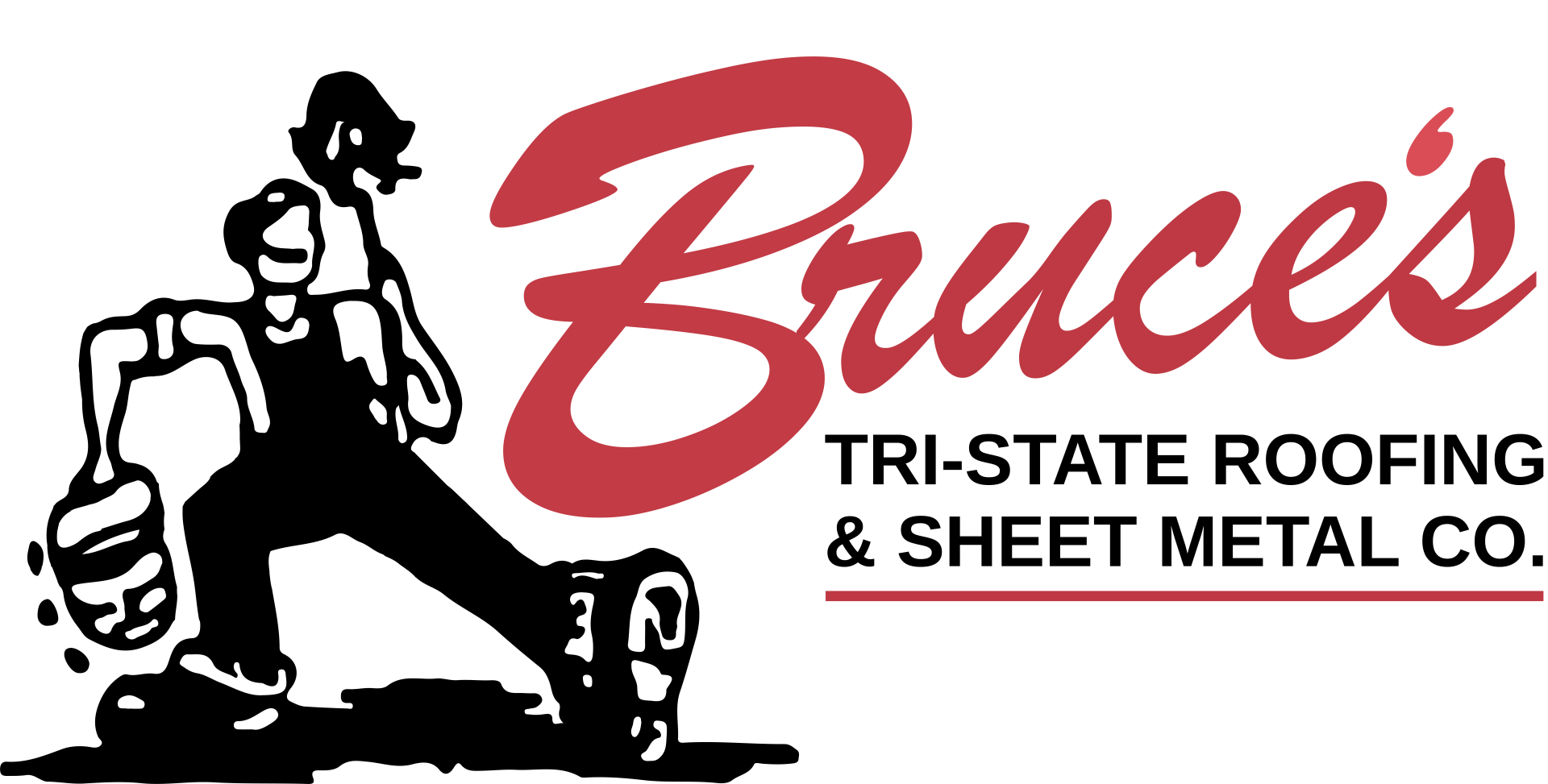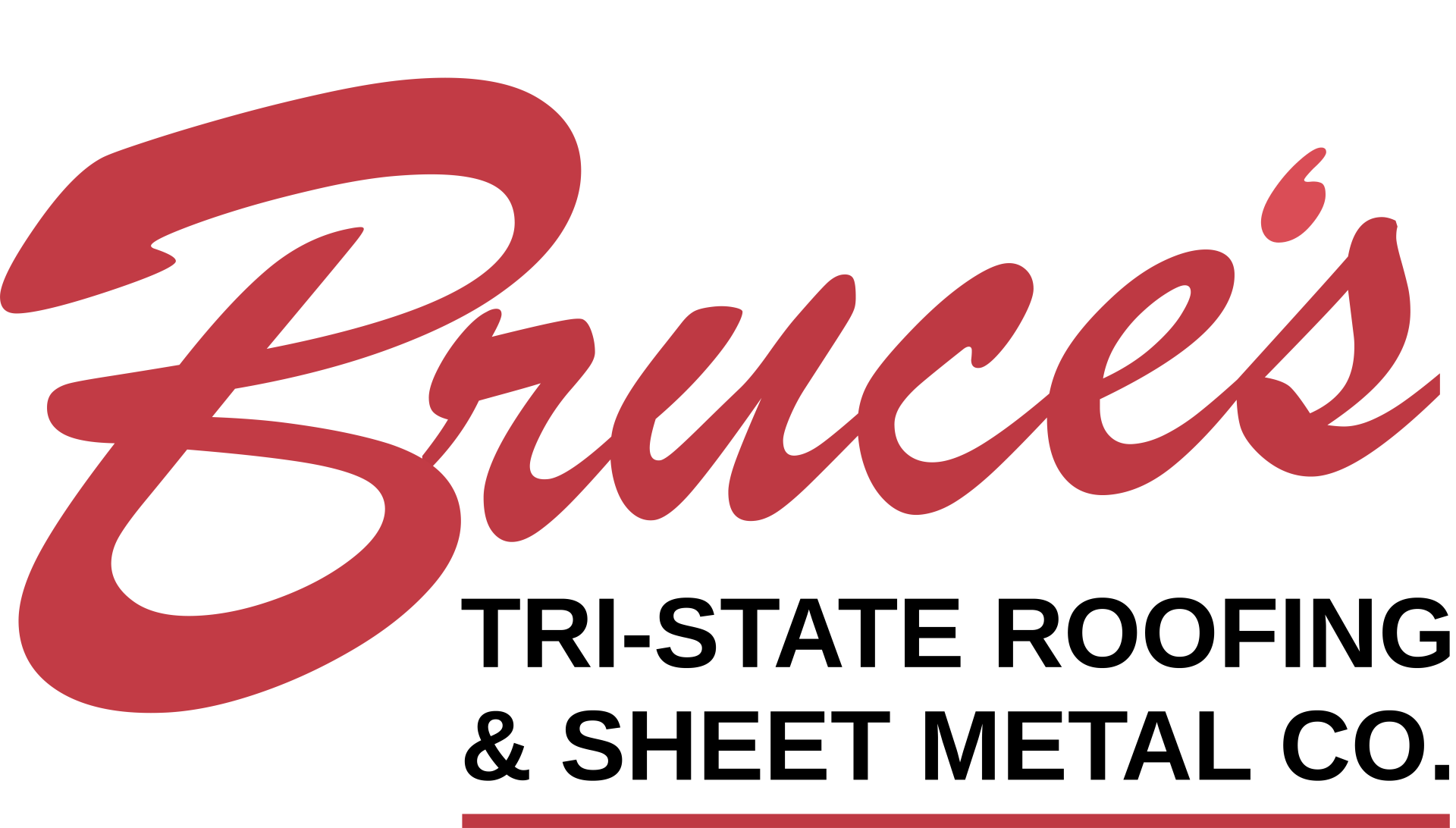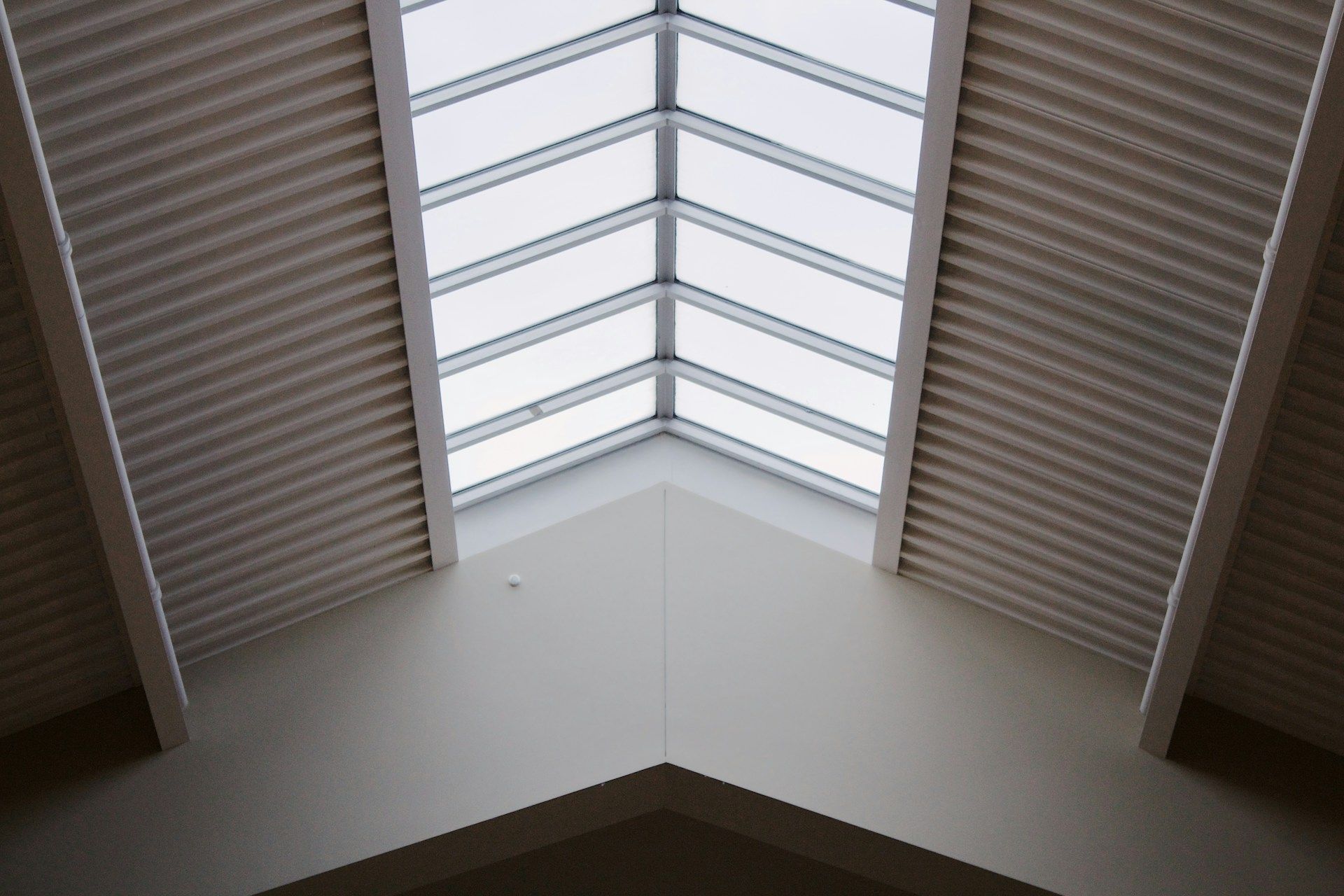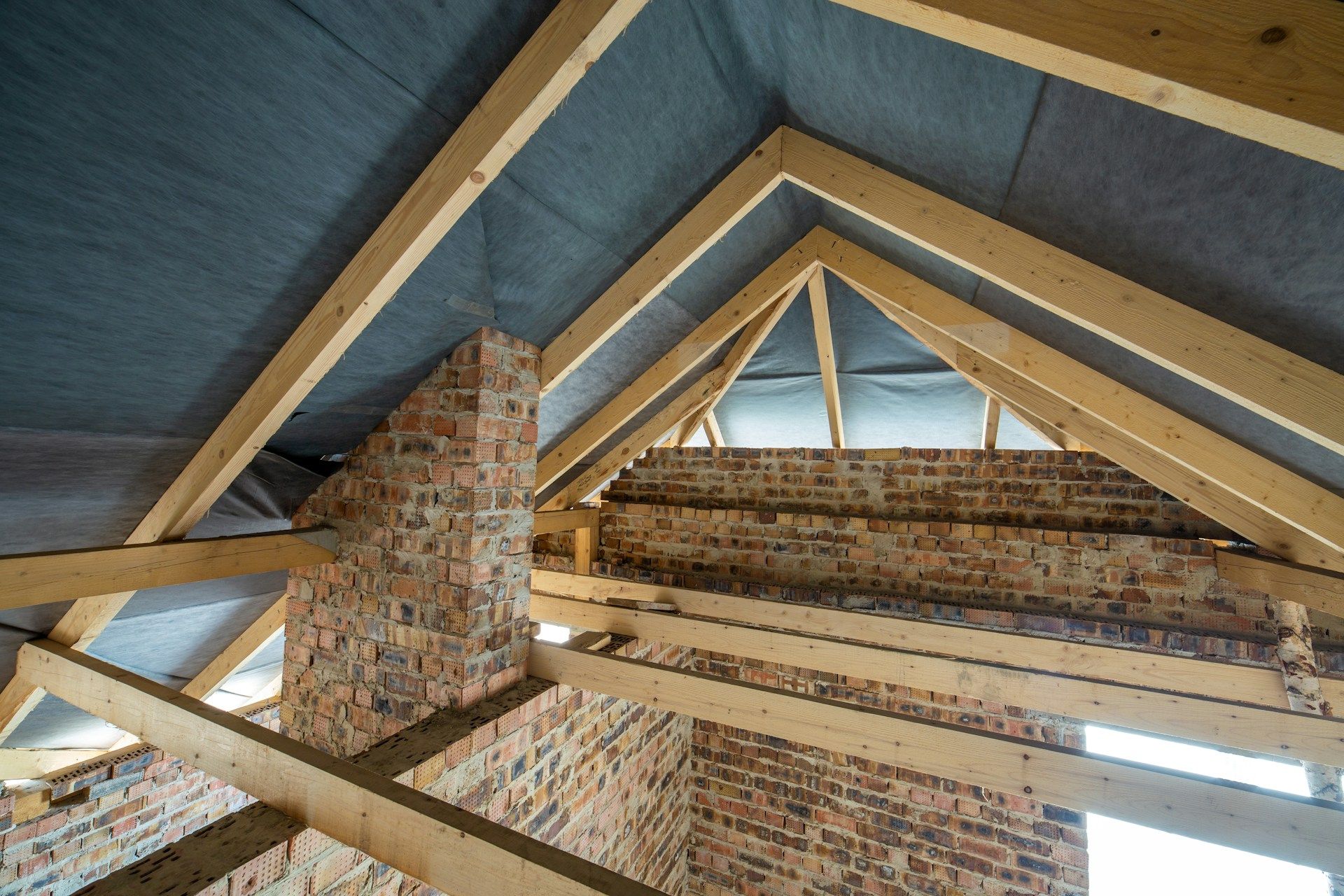As a homeowner in Owensboro, KY, one of the most critical decisions you'll make is selecting the right roofing material for your home. The roofing material you choose can significantly impact your home's overall appearance, durability, and energy efficiency. With various residential roofing options available on the market, it can be challenging to determine the ideal solution for your particular needs and preferences.
Trust our experienced Owensboro roofing professionals to guide you through the decision-making process and provide you with top-quality roofing installation and maintenance services. With our commitment to excellence and dedication to ensuring long-lasting, functional, and visually appealing roofing solutions for your home, you can rest assured that our team will help you make the best choice based on your individual requirements and style preferences.
Asphalt Shingles: A Popular Choice
Asphalt shingles are undoubtedly one of the most popular roofing materials found on homes. They offer several benefits, including the following:
1. Affordability: Asphalt shingles are relatively inexpensive compared to other roofing materials, making them an appealing option for budget-conscious homeowners.
2. Easy Installation: These shingles are quick and straightforward to install, minimizing labor time and reducing costs.
3. Color and Style Variety: With numerous color and design options available, asphalt shingles can complement various home styles.
However, asphalt shingles have some drawbacks:
1. Limited Lifespan: Asphalt shingles generally have a shorter lifespan than other roofing materials, averaging 15-25 years.
2. Less Eco-Friendly: The manufacturing process of asphalt shingles is less environmentally friendly when compared to other materials, and they are not easily recyclable.
Metal Roofing: Durable and Efficient
Metal roofing offers unique advantages for homeowners seeking a more durable and energy-efficient option:
1. Longevity: Metal roofs have a significantly longer lifespan than asphalt shingles, often lasting 40-70 years with proper maintenance.
2. Energy Efficiency: Metal roofing reflects solar energy, reducing heat absorption and helping minimize cooling costs.
3. Low Maintenance: Aside from periodic inspections and cleaning, metal roofing typically requires minimal maintenance.
However, metal roofing also has its disadvantages:
1. Higher Upfront Costs: Metal roofing materials are generally more expensive than asphalt shingles, potentially deterring budget-conscious homeowners.
2. Noise: During heavy rainfall or hail storms, metal roofs can be noisier than other roofing materials.
Slate Roofing: A Timeless and Durable Option
Slate roofing adds a touch of class and sophistication to any home. It offers several appealing qualities:
1. Long Lifespan: Slate roofs can last over 100 years with proper care and maintenance, outlasting many other materials.
2. Natural Beauty: The unique aesthetic of natural slate adds to the curb appeal of homes featuring this roofing material.
3. Fire Resistance: Slate roofing is highly resistant to fire, providing added protection for your home.
On the other hand, slate roofing has its limitations:
1. Expensive: Slate is one of the most expensive roofing materials on the market, discouraging some homeowners from considering this option.
2. Weight: Slate is considerably heavier than other materials, requiring additional structural support for your roof.
3. Difficult Installation: Slate roofing installation is complex, requiring skilled professionals and specialized techniques.
Factors to Consider When Choosing Residential Roofing Material
Prioritize the following factors when selecting the most suitable roofing material for your home:
1. Budget: Determine your budget limitations and compare the initial installation costs and long-term maintenance expenses for each roofing material.
2. Lifespan: Consider the expected lifespan of each material, taking into account your future plans and whether you intend to stay in your home for an extended period.
3. Aesthetics: Evaluate the visual appeal of various roofing materials, ensuring that they complement your home's architectural style and design preferences.
4. Maintenance Requirements: Determine the extent of upkeep and maintenance you are willing and able to commit to for your chosen roofing material.
Exploring Alternative Roofing Materials
In addition to traditional roofing options like asphalt shingles, metal, and slate, several alternative materials offer unique characteristics and benefits for homeowners.
1. Clay Tile Roofing: Clay tiles have been used for centuries and offer timeless beauty and durability. They are resistant to fire, insects, and rot, making them an excellent choice for homeowners seeking a long-lasting roofing solution. Clay tiles come in a variety of shapes, sizes, and colors, allowing for customization to complement different architectural styles.
2. Wood Shake Roofing: Wood shakes provide a rustic charm and natural aesthetic to homes. Typically made from cedar, redwood, or pine, wood shakes offer excellent insulation properties and can withstand extreme weather conditions when properly maintained. However, they may require more frequent maintenance than other materials to prevent mold, rot, and insect infestations.
3. Concrete Roofing: Concrete roofing tiles are durable, low-maintenance, and cost-effective. They offer superior protection against fire, wind, and hail, making them suitable for homes in areas prone to severe weather. Concrete tiles are available in various profiles and textures, allowing homeowners to achieve the look of more expensive materials like clay or slate at a fraction of the cost.
Factors to Consider When Choosing an Alternative Roofing Material
When evaluating alternative roofing materials, homeowners should consider several factors to ensure they select the best option for their needs:
1. Climate Compatibility: Consider how well the roofing material performs in your local climate, including its resistance to moisture, temperature fluctuations, and extreme weather events.
2. Longevity and Maintenance: Assess the expected lifespan of the material and the level of maintenance required to keep it in good condition over time.
3. Cost and Value: Compare the initial cost of installation, ongoing maintenance expenses, and potential long-term savings or benefits associated with each roofing material.
Conclusion
Various residential roofing materials offer unique advantages and disadvantages, requiring homeowners to weigh their preferences, needs, and budget constraints when selecting the most suitable solution. By understanding and considering the different options, such as asphalt shingles, metal roofing, and slate roofs, you can make an informed decision tailored to your specific requirements for your home.
Bruce's Tristate Roofing is determined to provide you with the guidance you need to choose the perfect roofing material for your home. We offer top-quality services, ensuring long-lasting roofing solutions that cater to your needs. Contact us today to learn more about our
residential roofing in KY!





